
You have been Successfully Subscribed to Newsletter
Navigating the busy roads of India can be both exhilarating and overwhelming. With the high volume of vehicles and pedestrians and different driving styles, traffic signals are essential in maintaining order and safety. For Indian drivers, understanding traffic signals is not just a legal duty but a practical necessity for smooth travel. This guide will provide a comprehensive overview of traffic signals and their significance.
Traffic signs in India are visual indicators designed to regulate, warn, and guide road users. Established under the Motor Vehicles Act, they are universally recognised symbols that ensure clarity, irrespective of language barriers. They aim to prevent confusion, reduce accidents, and enhance the driving experience.
India follows a standardised format for its traffic signs, adhering to international conventions. These signs are strategically placed along roads and intersections to provide timely information, helping drivers make informed decisions.
| Traffic Sign Type | What It Means |
|---|---|
| Mandatory Traffic Signs | Rules you must follow to avoid penalties. Not following them can be dangerous. |
| Cautionary Traffic Signs | Warning signs that alert you to dangers or changes on the road. Be careful! |
| Informatory Traffic Signs | Signs that give helpful information like directions, distances, or facilities. |
Each type of signal is vital in its own way, and understanding them can significantly enhance road safety and efficiency.
Mandatory signs are regulatory and legally binding. They dictate actions that drivers must perform or avoid. Common examples include:
| Traffic Sign | Description | Symbol |
|---|---|---|
| Stop Sign | Indicates a complete stop is mandatory before proceeding |  |
| No Entry | Prohibits entry to a specific road or area |  |
| Speed Limit | Specifies the maximum speed allowed | 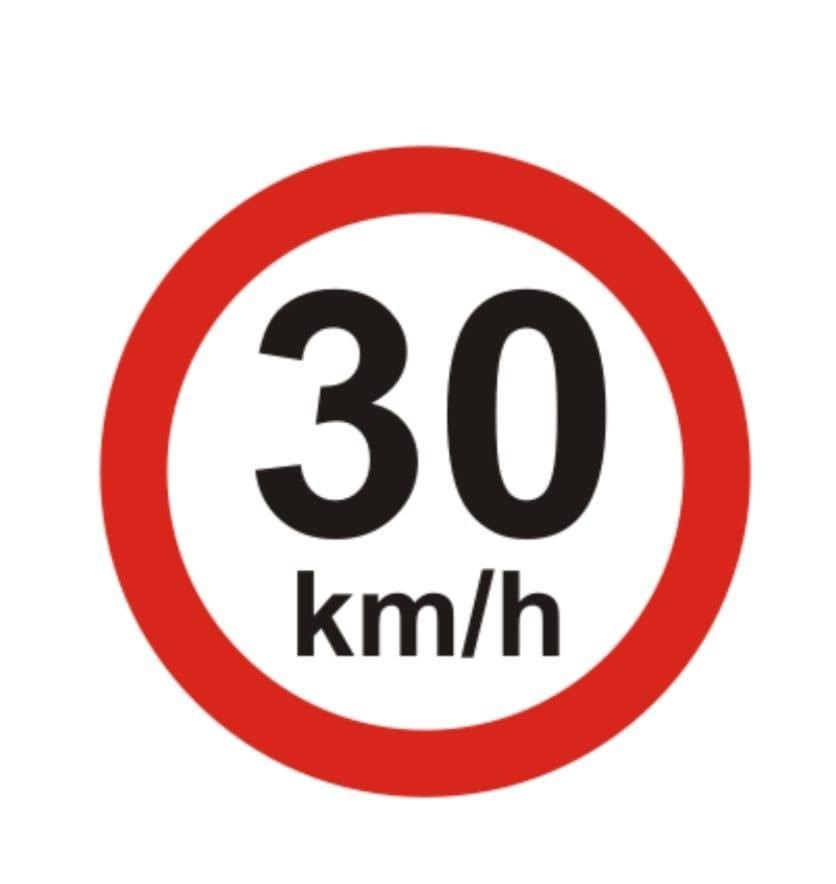 |
| One Way | Denotes roads where traffic is permitted in only one direction | 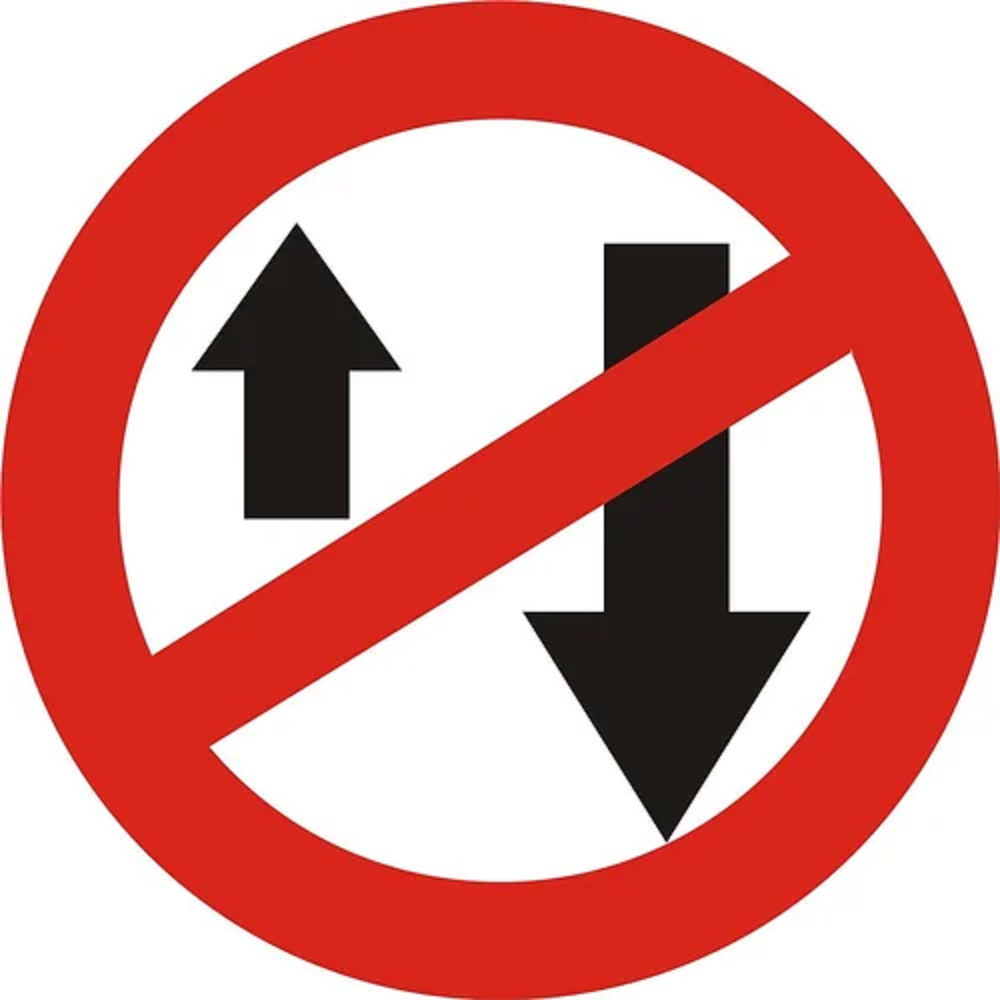 |
| No Parking | Restricts vehicles from parking in the marked area |  |
Cautionary signs warn drivers about potential risks, giving them time to prepare or adjust their driving behaviour. Key examples include:
| Traffic Sign | Description | Symbol |
|---|---|---|
| Pedestrian Crossing | Indicates areas where pedestrians may cross the road | 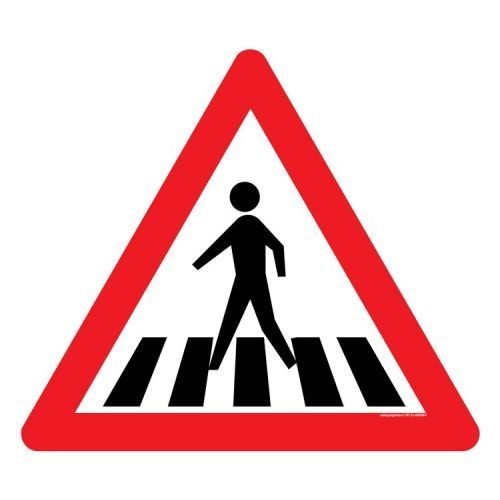 |
| Slippery Road | Warns of reduced traction due to conditions like rain or oil spills | 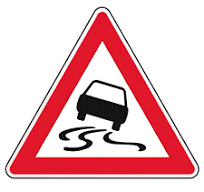 |
| School Zone | Highlights areas with children and increased pedestrian activity | 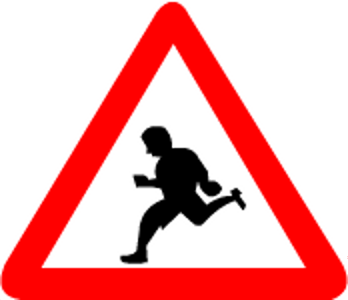 |
Informatory signs are helpful for guidance and navigation, making travel more convenient. Examples include:
| Traffic Sign | Description | Symbol |
|---|---|---|
| Direction Boards | Show the direction and distance to various locations | 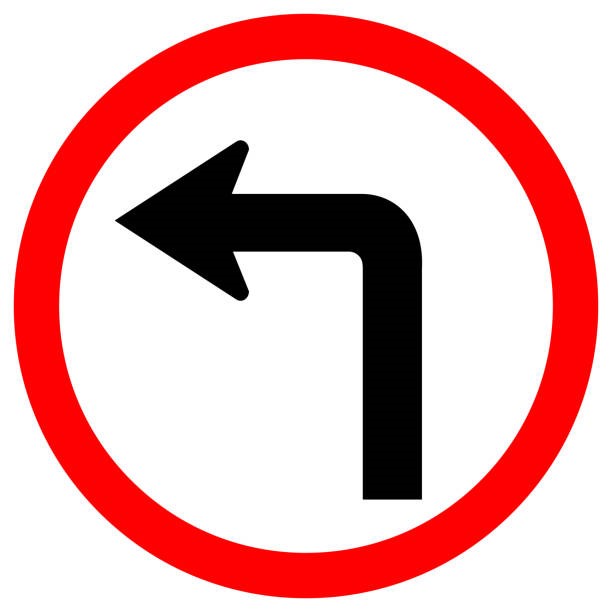 |
| Hospital Nearby | Indicates the presence of a medical facility |  |
| Parking Space | Guides drivers to designated parking areas | 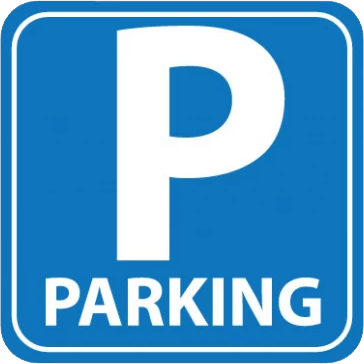 |
Traffic signals are essential for maintaining discipline on Indian roads. They play a pivotal role in:
Obeying traffic signals is a legal obligation and a social responsibility that contributes to safer roads for everyone.
By adhering to traffic rules, drivers protect themselves and contribute to a more organised and safer road environment.
Traffic signals and signs are key to keeping Indian roads safe and organised. They provide drivers with important information, such as instructions, warnings, and rules. Understanding these signals is about avoiding fines and ensuring safety for everyone on the road, including drivers, passengers, and pedestrians. Following traffic signals can reduce accidents, make traffic flow more smoothly, and enjoy safer and stress-free journeys.